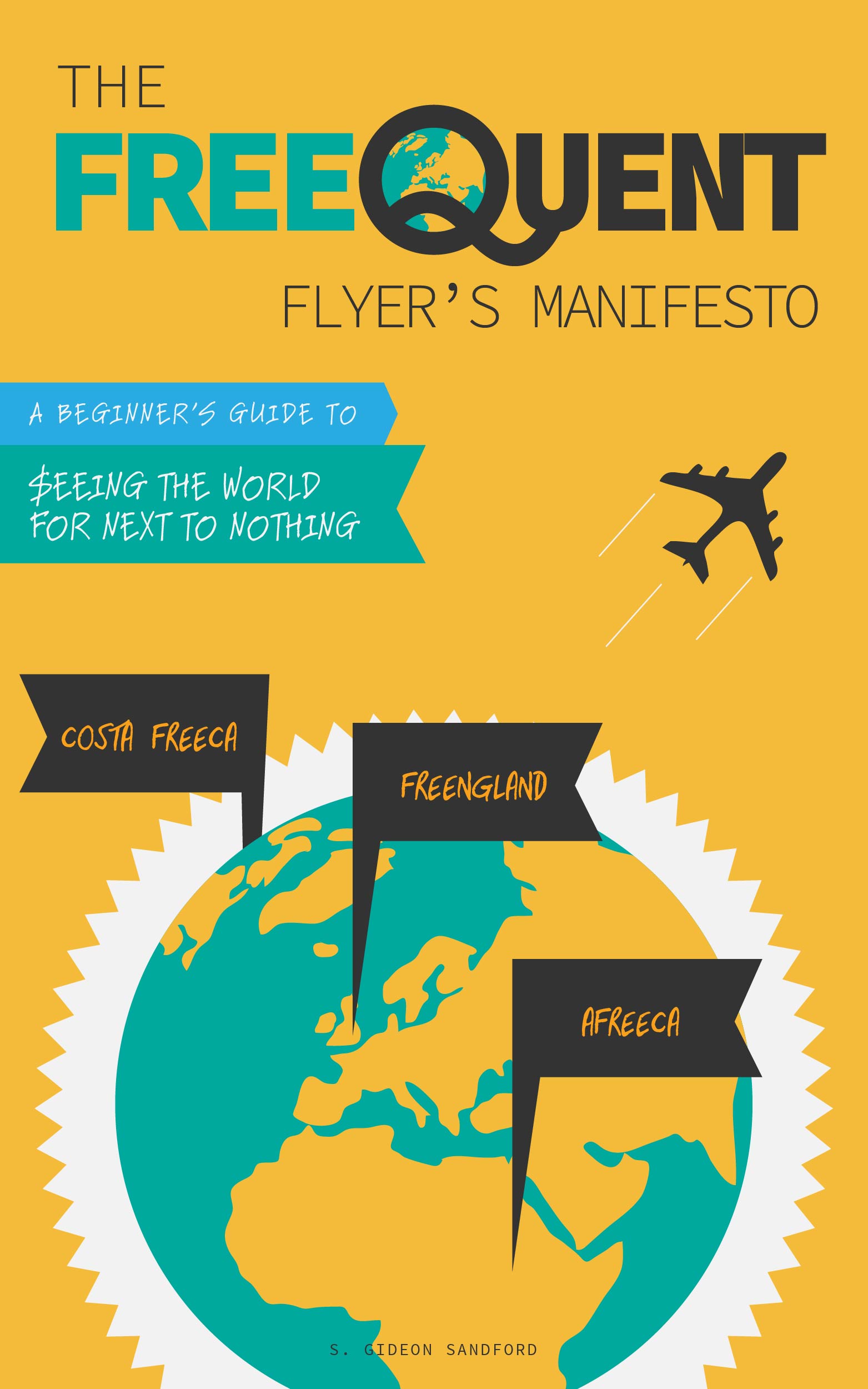3 Insane Ways to Use Evolve Money to Manufacture Spend
/[update 2/6/14: please see my post on Upromise Investments]
Yesterday I broke some pretty exciting news: there's an online payment service that allows you to make bill payments – for free – using any Visa, MasterCard, or Discover debit card. I mentioned some eligible payees, one possibly lucrative use for the service, and told you folks to start experimenting.
One of the first comments on that post was from reader Alcwj, who wrote:
So... can't payoff CC = no MS
Instead of responding in the comments, I decided it would be fun to write up the 3 craziest ways I could think of to push as much spend as possible through the service (Evolve Money bill payments are limited to $1,000 per calendar day).
Cancel Student Loans
While the specific terms and conditions will vary depending on the private loan issuer, as a rule it's possible to cancel federal student loans by paying off the balance within certain time periods. If I remember correctly, the period is something like 90 days after disbursement.
So, if you or someone you know is eligible for student loans, you could have them take out the maximum possible loan, then pay off the loan using Evolve Money. Then you can use the cash from the student loan to pay off the credit card you manufactured the spend with.
Home Equity Lines of Credit
I fully confess that I'm well out of my depth here, but my understanding is that when you have a home equity line of credit, you only pay interest on the amount of money you borrow. The trick here would be to make a payment towards your HELOC, then withdraw the same amount of money the day that the payment is due to post. You won't pay any interest, and you can use the money from the HELOC to pay off the credit card you manufactured the spend with.
529 College Savings Plans
As I mentioned yesterday, Evolve Money has among its payees tons of 529 College Savings Plans. The interesting thing about these savings vehicles is that the money you contribute is taxed in the year it's earned. The account's appreciation is treated, pro rata, as earned income in any year an appreciated balance is withdrawn, unless the withdrawal is used for qualified educational expenses, in which case any appreciation is tax-free. Finally, the increased, pro rata, value of any withdrawal is subject to a 10% penalty if the withdrawal is used for non-qualified educational expenses.
However, because contributions have already been taxed, it's free to withdraw contributions as long as they have not appreciated at all. If they have, the appreciation is treated as a penalized, non-qualified withdrawal. That means you can contribute $30,000 to a 529 College Savings Plan, and as long as the account has not appreciated (you might achieve this, for example, by investing it in an FDIC-insured savings account earning little or no interest), the withdrawals will be penalty-free.
Keep in mind that I'm not a tax attorney — and I'm especially not your tax attorney. But this is my understanding of how these accounts work.
Bonus Insanity: Same-Day Payments Free Until February 16
Right on cue, Evolve Money also started a promotion today offering free same-day payments. As far as I'm concerned it's the duty of each and every reader to start experimenting with this service. Report back successes — and failures! — in the comments. I'll have a report on yesterday's test payments Tuesday or Wednesday, whenever they end up posting (or not!).


